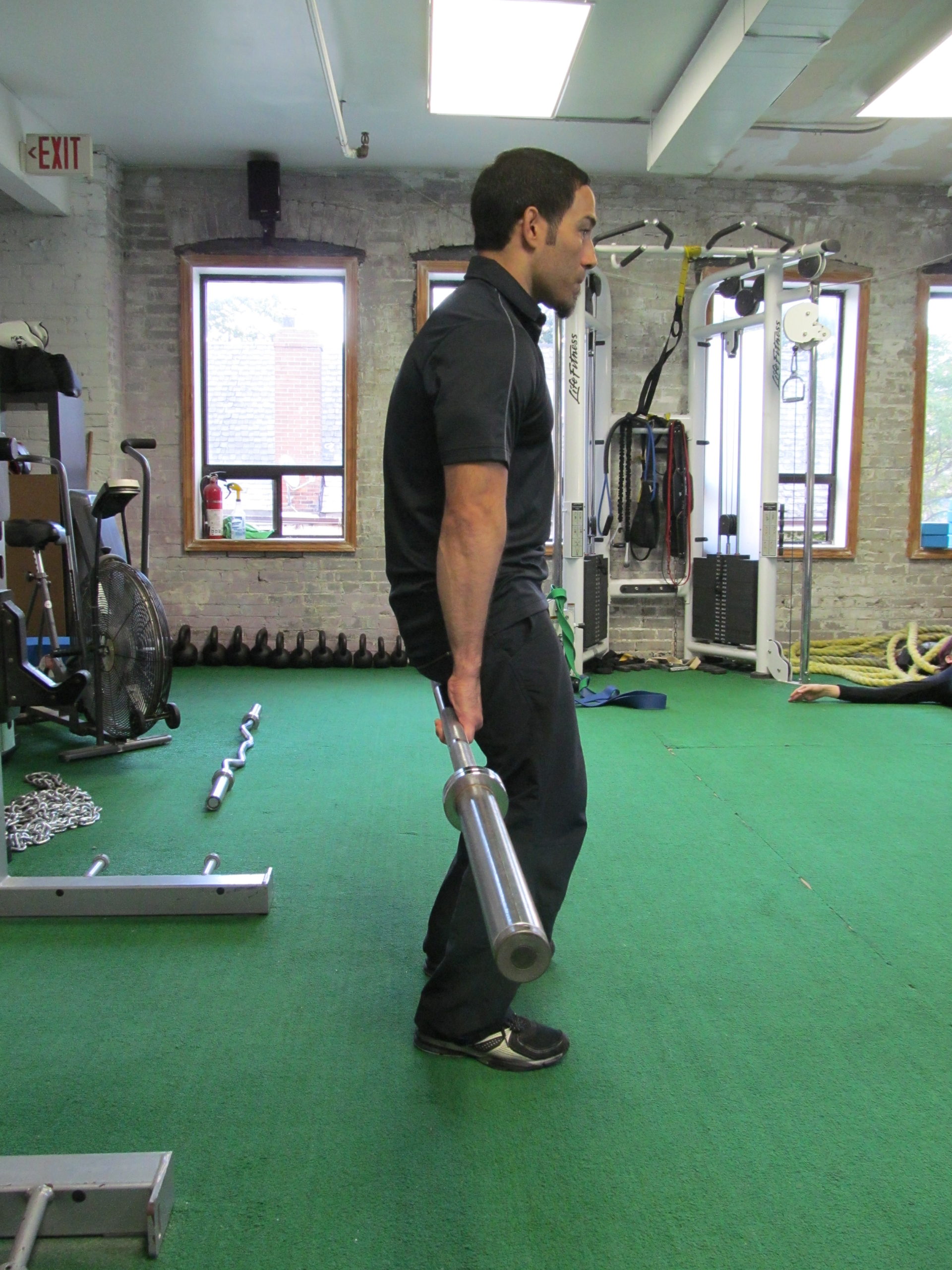Muscle Balance 201
Muscle Balance 201
Common Misconceptions…
Can’t I achieve muscle balance by simply making sure I do rows to counteract my presses?
This approach to muscular balance will not work for two reasons:
First, an exercise’s effect cannot be known by name alone. Technical emphasis is everything. Depending on how it is executed, a bench press can emphasize the pectorals or the deltoids. Similarly, a row can emphasize the lats or the external rotators of the shoulder. Muscle balance requires a higher standard of precision.
Second, in regards to the prevention and rehabilitation of overuse injuries, the balance of strength between opposing muscle groups (antagonists) is less important than the balance of strength between synergists. Synergists are the primary partners in performing a function. The biceps short-head and long-head are synergists. Overuse injuries occur when a partner becomes weak and the other must compensate. As an aside, hamstring overuse injuries are often blamed on overly strong quadriceps – in reality the antagonist of a tight, overused muscle is always inhibited and weak.
What if I use perfect, symmetrical form on barbell exercises?
I doubt anybody has the awareness to uniformly activate all their muscles during exercise. Furthermore, if you want to specifically improve your muscle balance, training your body symmetrically will not work. The muscle balancing requirements of the right side of your body always contrast the needs of the left! For example, if your right trapezius is strong and tight (requiring stretching) than your left trapezius is weak and lax (requiring strengthening). Bilateral training for therapeutic or corrective reasons is taking one step forward on one side of the body and one step back on the other!
I am sure I have had the same issue on both sides of my body. A couple of months ago my shoulder and neck pain switched from my left side to my right side!
Its hard to differentiate amongst muscles with similar functions and location. Radiating pain and nerve entrapments also complicate matters. A precise assessment is required to accurately identify painful muscles. In other words, it is likely your self-diagnosis indicted the wrong muscles.
I can appreciate the significance of balanced strength between large muscle groups, but why worry about little, wimpy muscles with complicated names?
Even little muscles can cause big pain! Consider too that all muscles are involved in relationships. A weakness in an ostensibly insignificant muscle can trigger a cascade of dysfunction that will result in a disabling case of tennis elbow, back pain or shoulder pain. The skeletal misalignment caused by a cascade of dysfunction can also precipitate inter- vertebral hernias and arthritis. Muscular balance should be the foundation of muscular-skeletal wellness.
